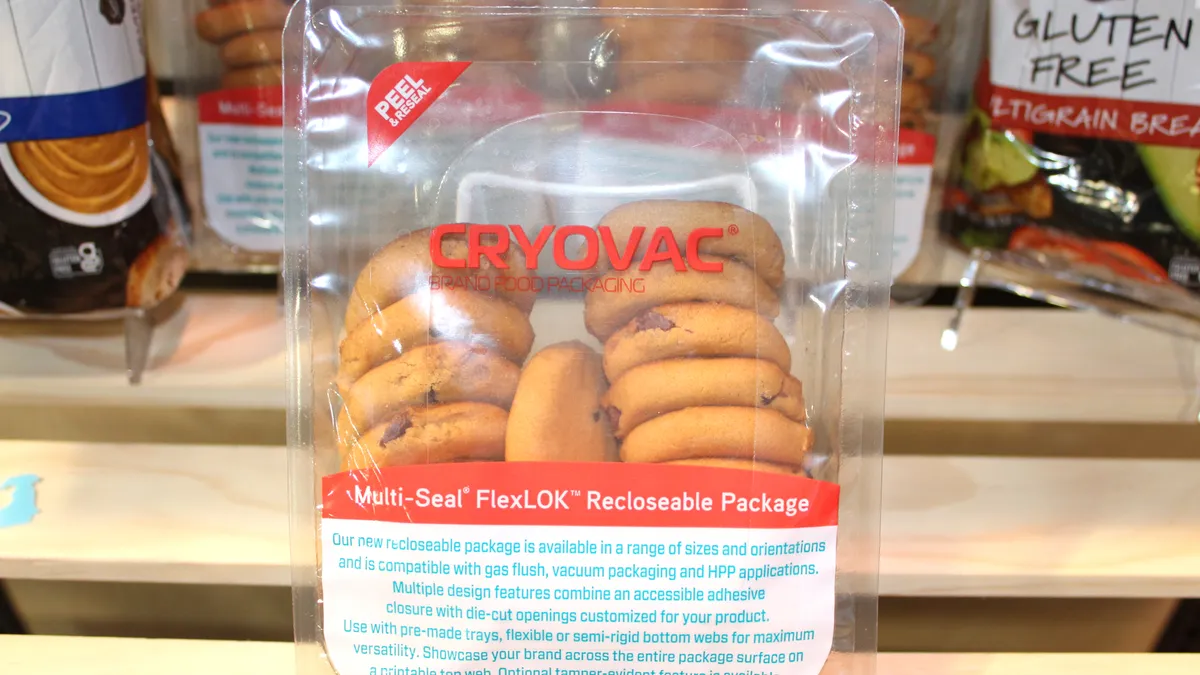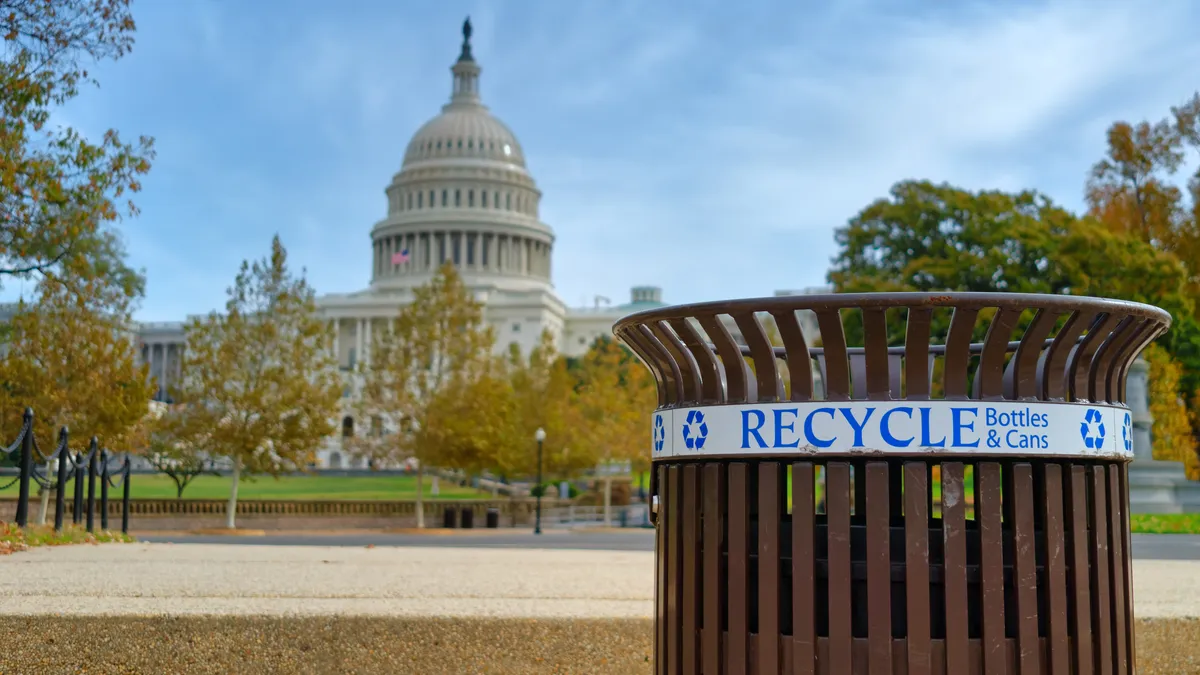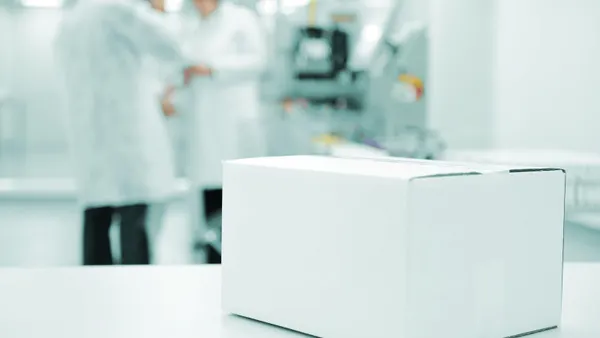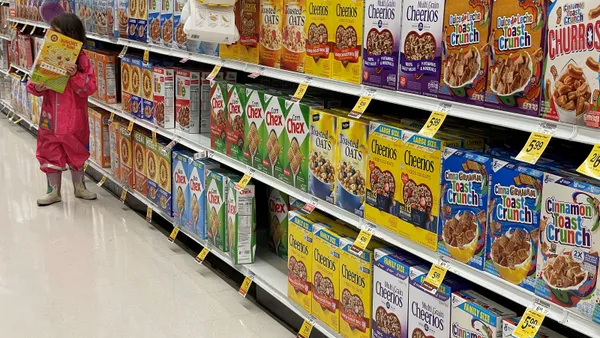SEE, the company formerly known as Sealed Air, is preparing to revise its 2025 sustainability and materials pledge, it reported in its 2022 Impact Report released last week. It says the rethink comes in light of insufficient recycling infrastructure for flexible plastics and challenges around food-grade recyclate.
SEE’s commitment was to “design or advance 100% of its packaging solutions to be recyclable or reusable, eliminate waste by incorporating an average of 50% recycled or renewable content into our solutions, and collaborate on recycling technology and infrastructure.” The pledge was first announced in late 2018. Now, the company is “assessing our current pledge status in preparation for revising our stated objectives.” A company spokesperson declined to specify whether the focus of that review was the target year or the goal itself.
In 2022, SEE’s “solutions designed for recyclability or reusability” accounted for just over half — 51.5% — of material weight the company sold. Recycled or renewable content accounted for 17.3%. About one-third of SEE’s sales were products “defined as recyclable, designed for recyclability, or reusable.”
SEE brands include Bubble Wrap, Cryovac food packaging solutions and Liquibox flexible packaging for liquids. The company highlighted recyclable innovations in the report such as Bubble Wrap cushioning made from at least 60% postindustrial and 30% postconsumer recycled content, as well as Sealed Air LDPE bags made from “ocean-bound plastics.”
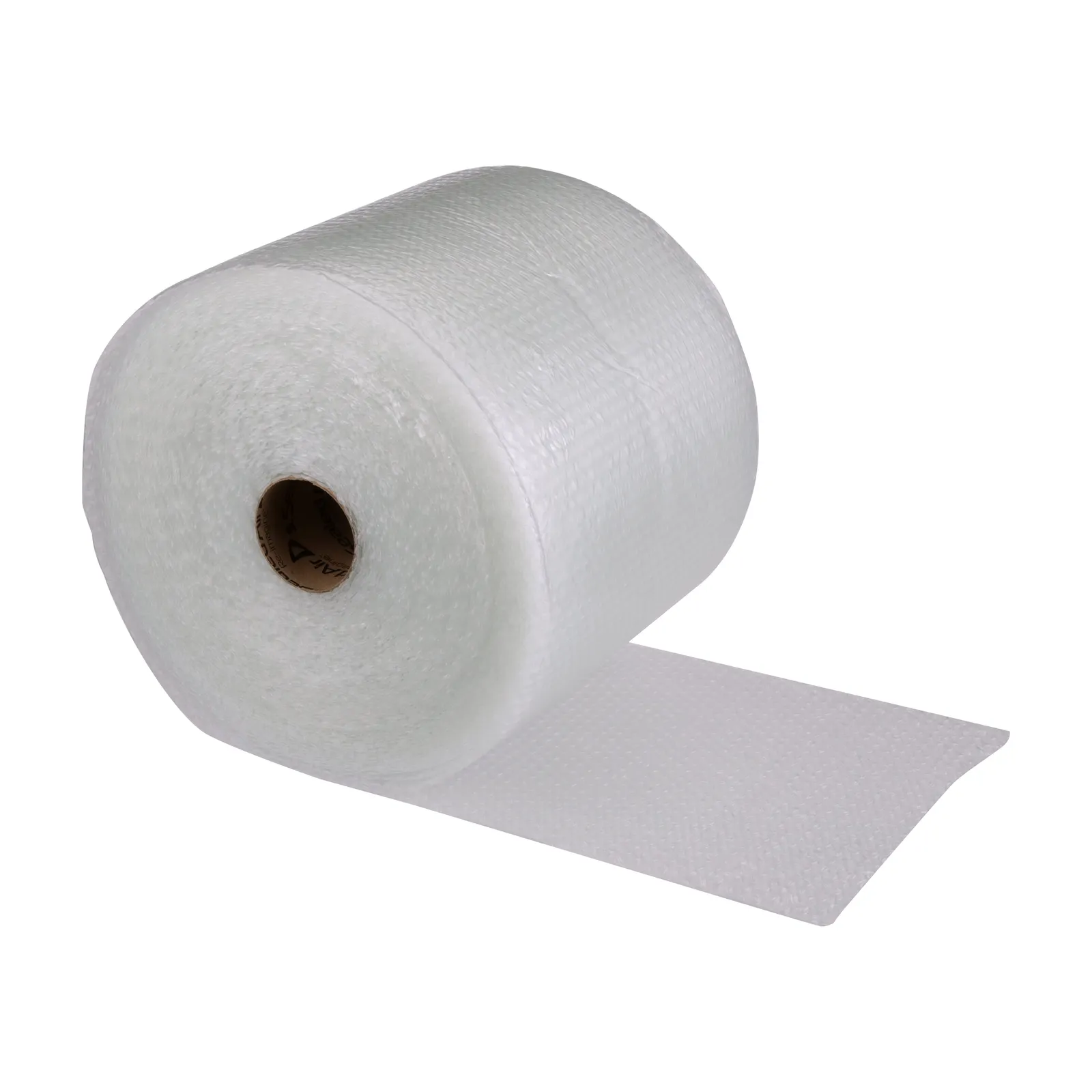
SEE’s statement about the 2025 target comes as the company forecasts that “both the market demand and the material supply to achieve our pledge are taking longer than anticipated.” SEE points to slowed development of “necessary infrastructure for recycling of flexible plastics” as well as availability of food-grade recyclate “that meets customer requirements for price and performance.”
Reducing emissions
The company reduced operational and indirect emissions in 2022 and saw greenhouse gas intensity decline.
Since 2021, SEE has worked toward slashing absolute scope 1 and 2 GHG emissions 46% by 2030 from a 2019 baseline. Within the same period, SEE was targeting a 15% reduction in absolute scope 3 emissions, which it has now exceeded. The Science Based Targets initiative has validated SEE’s scope 1 and 2 goal and deems its scope 3 target “ambitious.”
The company has a goal of hitting net-zero scope 1 and 2 carbon dioxide emissions by 2040. Through a road map developed in 2021, SEE counts waste reduction as one of its focus areas, among energy-efficiency projects, energy conservation measures, reduced water use, electric vehicles and renewable energy.
Other efforts
On the legislative front, SEE noted in the report its work with Ameripen on state-level extended producer responsibility policies, offering “a material neutral perspective” to “reinforce the important role of packaging in preventing nonpackaging waste across value chains.”
The company also noted its work with the American Chemistry Council “to expand both national, and state-level strategies to accelerate the collection and recovery of plastic packaging waste through chemical recycling.” In July, SEE announced a new partnership with ExxonMobil on chemical recycling in Australia for food-grade plastics.
As it lowered sales guidance for 2023 following the second quarter, SEE also announced it was embarking on a three-year restructuring program, which includes a focus on streamlining its supply chain footprint.



